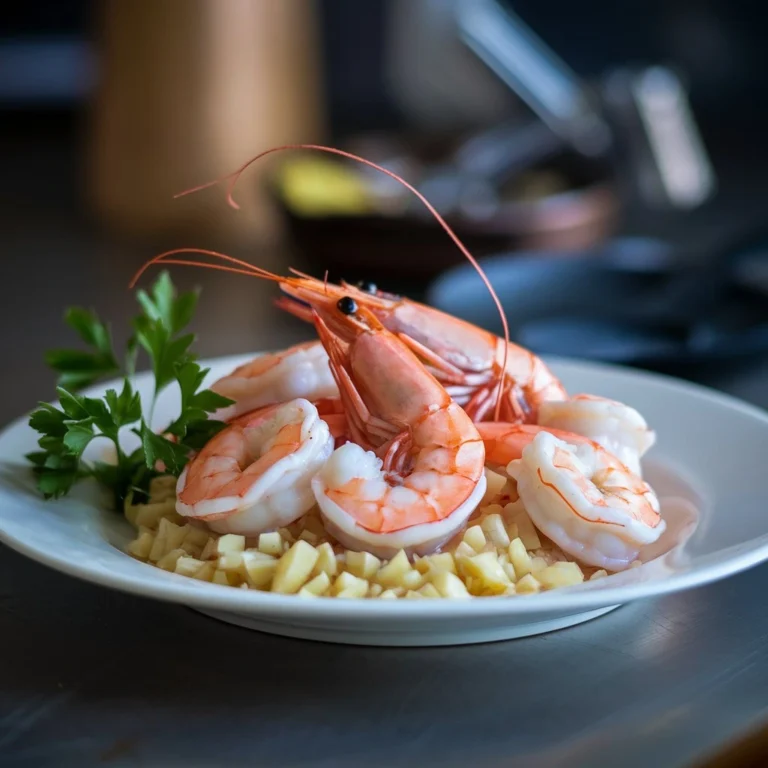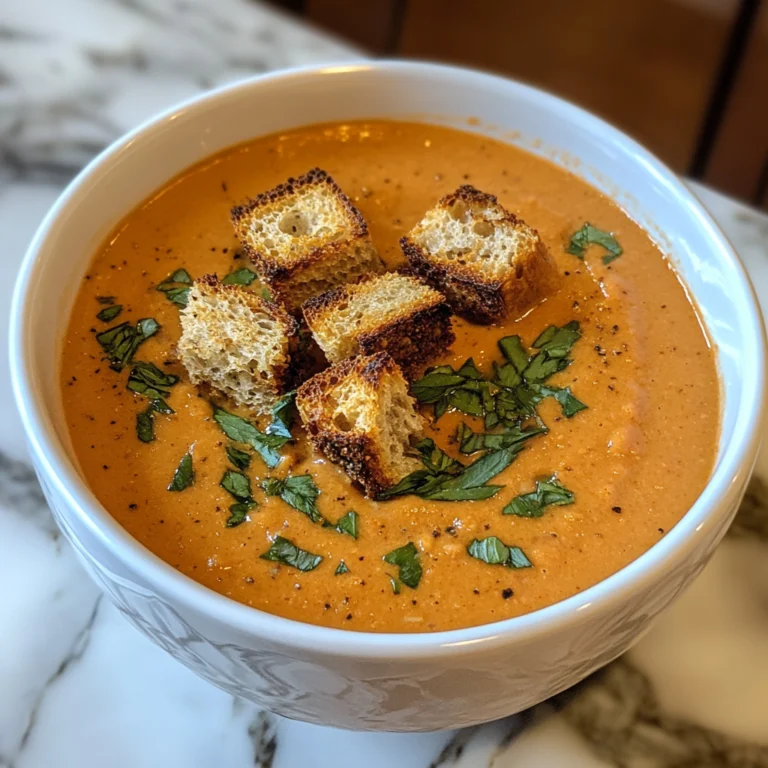What is the Simple Brine Formula?
What is the Simple Brine Formula?
Simple Brine Formula is a time-tested culinary technique that involves soaking meat in a saltwater solution to enhance both its flavor and moisture content. This method is especially useful for lean cuts of meat such as chicken, turkey, and pork, which can easily become dry when cooked. The key to successful brining lies in understanding the correct formula and technique to achieve a balance of tenderness, juiciness, and flavor. In this comprehensive guide, we will explore the science behind brining, provide detailed brine recipes, and discuss how to avoid common brining mistakes.
Understanding the Basics of Simple Brine Formula
Simple Brine Formula consists of soaking meat in a solution of salt and water, sometimes with added flavorings like sugar, herbs, and spices. The most basic brine formula uses:
- 4 tablespoons of kosher salt per 1 quart (4 cups) of water.
This is a foundational ratio that works well for most meats, allowing the brine to penetrate deeply and alter the meat’s muscle fibers, making it more tender and juicy. However, depending on the type of meat, the concentration and ingredients of the brine can be adjusted to better suit the dish.
Why Simple Brine Formula? The Benefits of Brining
The primary reasons for brining are to retain moisture and enhance flavor. The salt in the brine breaks down the muscle fibers in the meat, allowing it to absorb more water and flavors from the surrounding liquid. When cooked, the meat retains more of this liquid, resulting in a juicier and more flavorful final product. This is particularly beneficial for lean cuts of meat, which are more prone to drying out.
The Science Behind Simple Brine Formula
The effectiveness of brining relies on two key scientific principles: osmosis and diffusion. Here’s a deeper dive into the science:
- Osmosis: Osmosis is the movement of water through a semi-permeable membrane (in this case, the meat’s cell walls) from a less concentrated solution to a more concentrated one. When you submerge meat in a saltwater brine, water from the brine moves into the meat’s cells to balance the concentration levels on both sides of the cell membranes. This process hydrates the meat, making it juicier.
- Diffusion: Diffusion is the movement of molecules from an area of high concentration to an area of low concentration. As the salt in the brine penetrates the meat, it causes the proteins in the muscle fibers to denature (or break down) and form a gel-like substance. This altered state allows the muscle fibers to retain more moisture, even after cooking. The diffusion of salt, sugar, and other flavor components from the brine into the meat enhances the taste.
Different Types of Simple Brine Formula
There are several types of brines, each with specific applications and benefits. Let’s explore the most common ones:
1. Basic Brine
A simple solution of salt and water, the basic brine is the most straightforward and is suitable for a variety of meats.
- Recipe: 4 tablespoons of kosher salt per 1 quart of water.
- Uses: Chicken, turkey, pork chops, and fish fillets.
- Time: 1-2 hours for small cuts, up to 24 hours for larger cuts like whole chickens or turkeys.
2. Sugar and Salt Brine
Adding sugar to the brine provides a mild sweetness that balances the salt and promotes caramelization during cooking.
- Recipe: 4 tablespoons of kosher salt, 2 tablespoons of sugar per 1 quart of water.
- Uses: Pork, poultry, and seafood.
- Time: Similar to basic brine times.
3. Herb and Spice-Infused Brine
For those who want to add more complexity to their dishes, a brine infused with herbs and spices is ideal.
- Recipe: 4 tablespoons kosher salt, 1 tablespoon sugar, 2 cloves garlic, 1 tablespoon black peppercorns, 2 bay leaves, and any additional herbs (like rosemary, thyme, or sage) per 1 quart of water.
- Uses: Poultry, pork, and even vegetables.
- Time: 1-2 hours for smaller cuts; up to 12 hours for larger cuts.
4. Acidic Brine
An acidic brine includes ingredients like vinegar, lemon juice, or wine, which add a tangy flavor and help break down proteins further, making the meat exceptionally tender.
- Recipe: 4 tablespoons kosher salt, 2 tablespoons sugar, 1/4 cup apple cider vinegar, and optional herbs per 1 quart of water.
- Uses: Beef cuts like brisket, tougher pork cuts, and lamb.
- Time: Typically 1-4 hours depending on the toughness of the meat.
How to Make a Perfect Simple Brine Formula
Step-by-Step Guide
- Measure the Salt and Water: For a basic brine, use the ratio of 4 tablespoons of kosher salt per 1 quart of water. Adjust the quantities based on the size and amount of meat.
- Dissolve the Salt: Stir the salt into cold water until it is fully dissolved. Using warm water can speed up the dissolving process, but be sure to cool the brine to room temperature before adding the meat.
- Add Optional Ingredients: To add depth to your brine, consider including:
- Sugar: Enhances flavor balance and aids in caramelization.
- Herbs and Spices: Garlic, peppercorns, bay leaves, thyme, rosemary, and others.
- Acidic Components: Lemon juice, vinegar, or wine can tenderize and add a unique flavor.
- Submerge the Meat: Place the meat in the brine in a non-reactive container (such as glass, plastic, or stainless steel). Ensure the meat is fully submerged and cover the container. Refrigerate for the recommended amount of time.
- Rinse and Dry: After brining, rinse the meat under cold water to remove excess salt and dry it with paper towels. This step is crucial to avoid overly salty meat and to help create a crispy exterior when cooking.
Simple Brine Formula Times and Temperature Guidelines
The brining time and temperature can greatly affect the outcome of your dish. Here are some general guidelines:
- Small Cuts (Chicken Breasts, Pork Chops, Fish Fillets): 1-2 hours.
- Medium Cuts (Whole Chickens, Pork Tenderloin): 4-8 hours.
- Large Cuts (Whole Turkeys, Beef Brisket, Pork Shoulders): 12-24 hours.
- Temperature: Always brine at or below 40°F (4°C) to prevent bacterial growth.
Tips for Brining Different Types of Meat
Different meats benefit from different brining methods. Here are some guidelines for specific types of meat:
- Chicken and Turkey: Poultry can be brined for 1-2 hours for small pieces and up to 24 hours for whole birds. For maximum flavor, use a herb and spice-infused brine.
- Pork: Tender cuts like pork chops may require 30 minutes to 1 hour, while larger cuts like pork shoulder benefit from 12-24 hours. A sugar and salt brine is particularly effective for pork.
- Fish: Fish fillets need a short brine, typically 10-15 minutes, to avoid becoming too salty. An acidic brine can work well for denser fish like salmon.
- Beef: Tougher cuts like brisket or flank steak benefit from an acidic brine that tenderizes the meat over 4-12 hours.
Common Mistakes in Brining and How to Avoid Them
To achieve the best results, avoid these common brining mistakes:
- Over-brining: Leaving meat in the brine for too long can make it overly salty and mushy. Follow the recommended times closely to avoid this mistake.
- Using the Wrong Type of Salt: Not all salts are the same. Use kosher salt or sea salt for brining; table salt can have added iodine and anti-caking agents that may impart an off flavor.
- Not Fully Dissolving Salt and Sugar: Make sure all the salt and sugar are completely dissolved in the water before adding the meat. Undissolved particles can settle and create an uneven brine concentration.
- Brining at Room Temperature: Always brine at a temperature at or below 40°F (4°C) to prevent bacterial growth. Brining in the refrigerator is the safest method.
- Not Rinsing After Brining: After removing the meat from the brine, rinse it under cold water to remove any excess salt. Failing to do so can result in an overly salty dish.
Frequently Asked Questions (FAQs)
How long should I brine my meat?
The brining duration depends on the size and type of meat:
- Small cuts (e.g., chicken breasts) may need 1-2 hours.
- Medium cuts (e.g., whole chicken) may require 4-8 hours.
- Large cuts (e.g., turkey) could need 12-24 hours.
Can I reuse brine?
No, it is not recommended to reuse brine. Once brine has been in contact with raw meat, it can harbor bacteria and pathogens that could cause foodborne illnesses.
What is the difference between brining and marinating?
Simple Brine Formula primarily uses a saltwater solution to enhance moisture and tenderness, while marinades often contain acidic ingredients like vinegar or lemon juice that tenderize the meat while also adding flavor.
Is Simple Brine Formula safe?
Yes, Simple Brine Formula is safe as long as the brine and meat are kept refrigerated throughout the process to prevent bacterial growth. Make sure the brine temperature is always below 40°F (4°C).
Can you brine with sea salt or table salt?
Yes, but adjustments are needed. Sea salt and table salt have different grain sizes and densities, so you may need to measure them by weight rather than volume to get the correct concentration.
Health Considerations of Brining
While brining adds flavor and moisture, it can increase the sodium content of the meat. Here are some considerations:
- Sodium Intake: Those on a low-sodium diet should consider using less salt or a low-sodium alternative. Additionally, rinsing the meat after brining can help reduce excess salt.
- Alternatives: Experiment with using herbs, spices, and other flavorings to reduce the amount of salt needed in the brine without sacrificing flavor.
Conclusion
Brining is a simple, effective method to enhance the flavor and tenderness of meats. Whether you are preparing a Thanksgiving turkey, pork chops for dinner, or even a delicate fish fillet, understanding the science behind brining and using the right techniques can significantly improve your cooking. With this comprehensive guide, you’re ready to experiment with different brines and discover the best flavors for your dishes. Happy brining!







